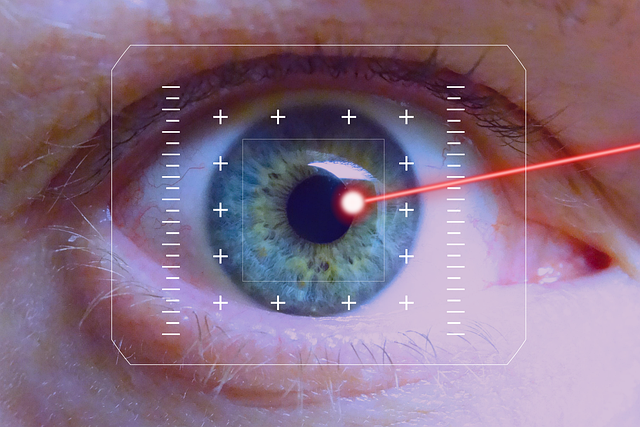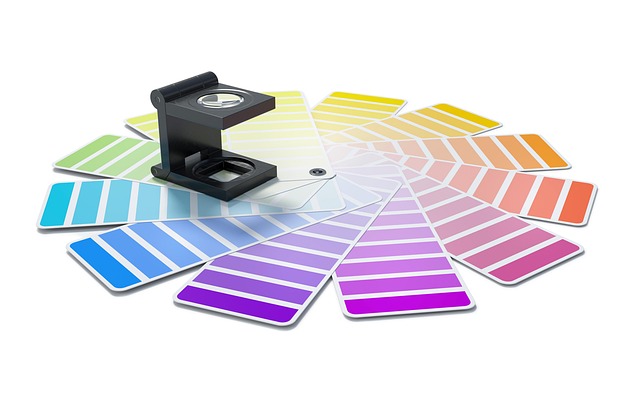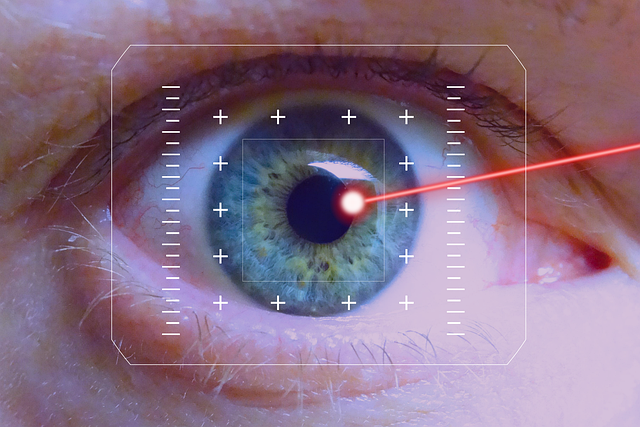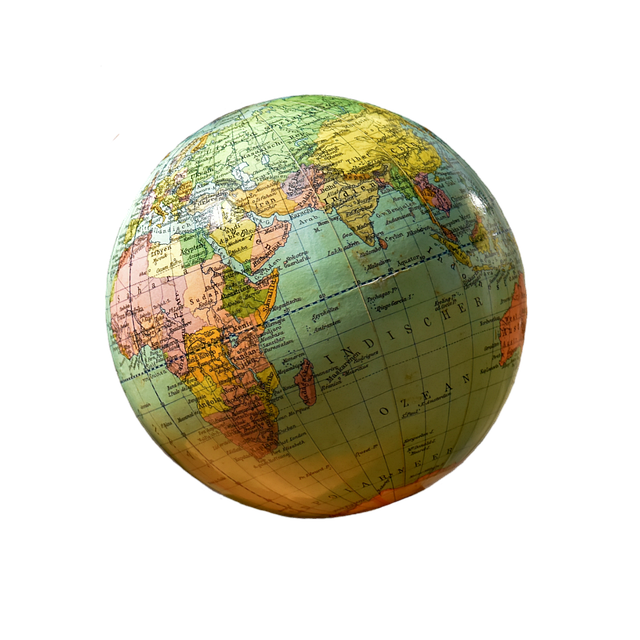The world of photography is not just about capturing a moment; it’s about crafting an experience through art and design. One of the essential skills every photographer must master to elevate their work is tone correction. This technique allows you to breathe life into your images, transforming them from ordinary snapshots into compelling pieces of art.
At its core, tone correction involves adjusting the brightness and contrast of an image to achieve the desired mood and emotion. Just as a painter balances colors on a canvas, a photographer must skillfully manipulate tones to create striking visuals. This process is akin to the subtle brush strokes that make a painting resonate with its audience.
The beauty of tone correction lies in its ability to evoke feelings. A warm, golden hue can stir a sense of nostalgia, while cooler tones might elicit tranquility or melancholy. Understanding the emotional impact of different tonal ranges can elevate your photography, guiding viewers through a narrative crafted entirely by light and shadow.
Design plays a pivotal role in the execution of tone correction. The relationship between composition, color palette, and tonal adjustments can radically change the essence of a photograph. For instance, if your subject is a sprawling landscape, enhancing the mid-tones can highlight intricate details, showcasing the natural beauty of the scene without overshadowing it. On the other hand, sharpening shadows and highlights can create a dramatic effect that draws the viewer into the depths of the image.
It’s essential to approach tone correction with an artistic vision in mind. Before you even begin editing, spend time considering what feeling you want to convey. Are you aspiring for a dreamy, ethereal look, or a stark, high-contrast visual that commands attention? Your intent will guide your choices, allowing you to use tone correction as a tool to express your artistic voice.
Experimentation is key in mastering this art. Play with different adjustments and observe how they transform your photograph. Tools available in editing software provide a spectrum of possibilities, from basic exposure adjustments to advanced curves and color grading. Embrace the trial-and-error approach, as it often leads to unexpected and exciting results that can enhance your portfolio.
Moreover, don’t shy away from seeking inspiration from established photographers and artists. Analyze their use of tone and design—what emotions do their images evoke? What techniques do they employ to achieve a certain atmosphere? Learning from others can provide valuable insights into enhancing your own style and implementing effective tone corrections.
As you delve deeper into photography, remember that tone correction is more than just a technical skill; it’s an integral part of storytelling. Each adjustment you make plays a role in how the audience interacts with your work. When implemented thoughtfully, tone correction becomes an extension of your artistic vision, creating images that resonate on a personal level with viewers and leaving a lasting impression.




